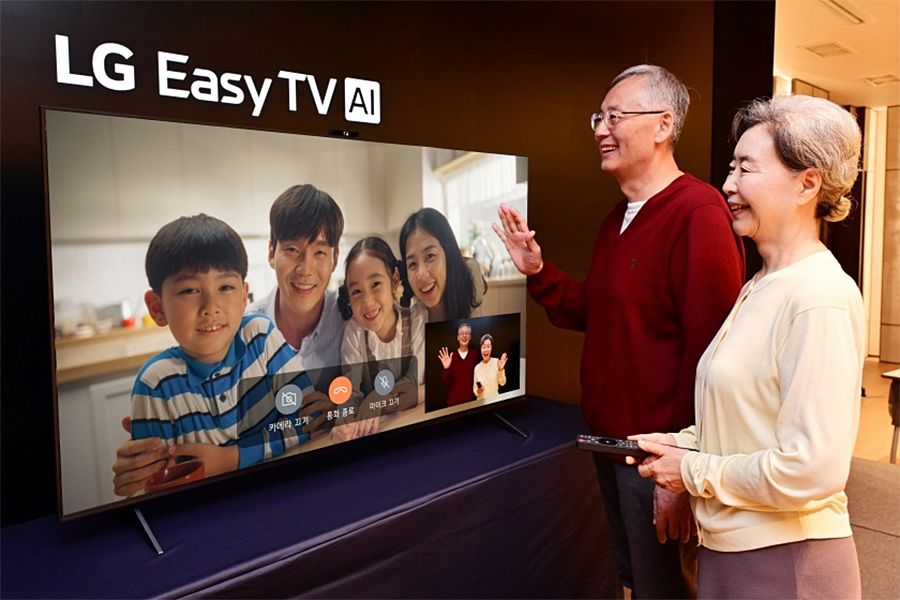LG is betting on the rapidly aging global population with its new Easy TV, a $2,000 smart television designed specifically for seniors who struggle with modern interfaces. The Korean launch marks a strategic push into accessible consumer electronics as demographics shift worldwide, with U.S. expansion planned but no timeline set.
LG just dropped a smart TV that costs twice as much as comparable models, but targets a completely different user base. The Easy TV, launching in South Korea at 2.77 million won ($1,965) for the 65-inch model, isn't about cutting-edge specs - it's about solving a frustration millions of families know too well.
Based on LG's QNED Evo QNED85A Mini LED platform, the Easy TV strips away the complexity that makes modern smart TVs a nightmare for elderly users. The simplified home screen features larger fonts and a curated selection of senior-friendly apps. But the real innovation lies in the details that matter to this demographic - enhanced brightness settings for aging eyes, voice quality improvements for hearing difficulties, and built-in medication reminders that pop up on screen.
The timing isn't accidental. South Korea has one of the world's fastest-aging populations, with seniors representing nearly 18% of the country by 2023. LG's research clearly identified a gap between increasingly complex consumer electronics and the users who need them most. The Easy TV includes a built-in camera specifically for family video calls - essentially turning tech support into face-to-face conversations.
"We're targeting markets with rapidly aging demographics," LG told Notebookcheck, confirming U.S. expansion plans without specifics. That suggests the company sees this as more than a niche Korean product. With America's 65+ population expected to nearly double by 2050, the addressable market is massive.
The redesigned remote tells the real story of LG's approach. While companies like Roku, Google, and Apple have simplified their remotes to bare essentials, LG's version still includes dozens of buttons. But it adds a prominent "Help" button that can instantly connect users to family members or return them to their last-watched content if they accidentally change inputs. An AI voice search button lets seniors speak their requests instead of navigating menus.
Yet the remote reveals LG's missed opportunity. Caregivers have literally taped over streaming service buttons to prevent accidental presses that lead to subscription prompts. LG could have eliminated these entirely, but chose to keep the traditional layout largely intact.
The premium pricing strategy is fascinating. At $2,746 for the 75-inch model, LG is charging roughly 40% more than standard versions of the same underlying hardware. The bet is that adult children purchasing for elderly parents will pay extra for peace of mind - fewer tech support calls, easier daily use, and built-in safety features.











